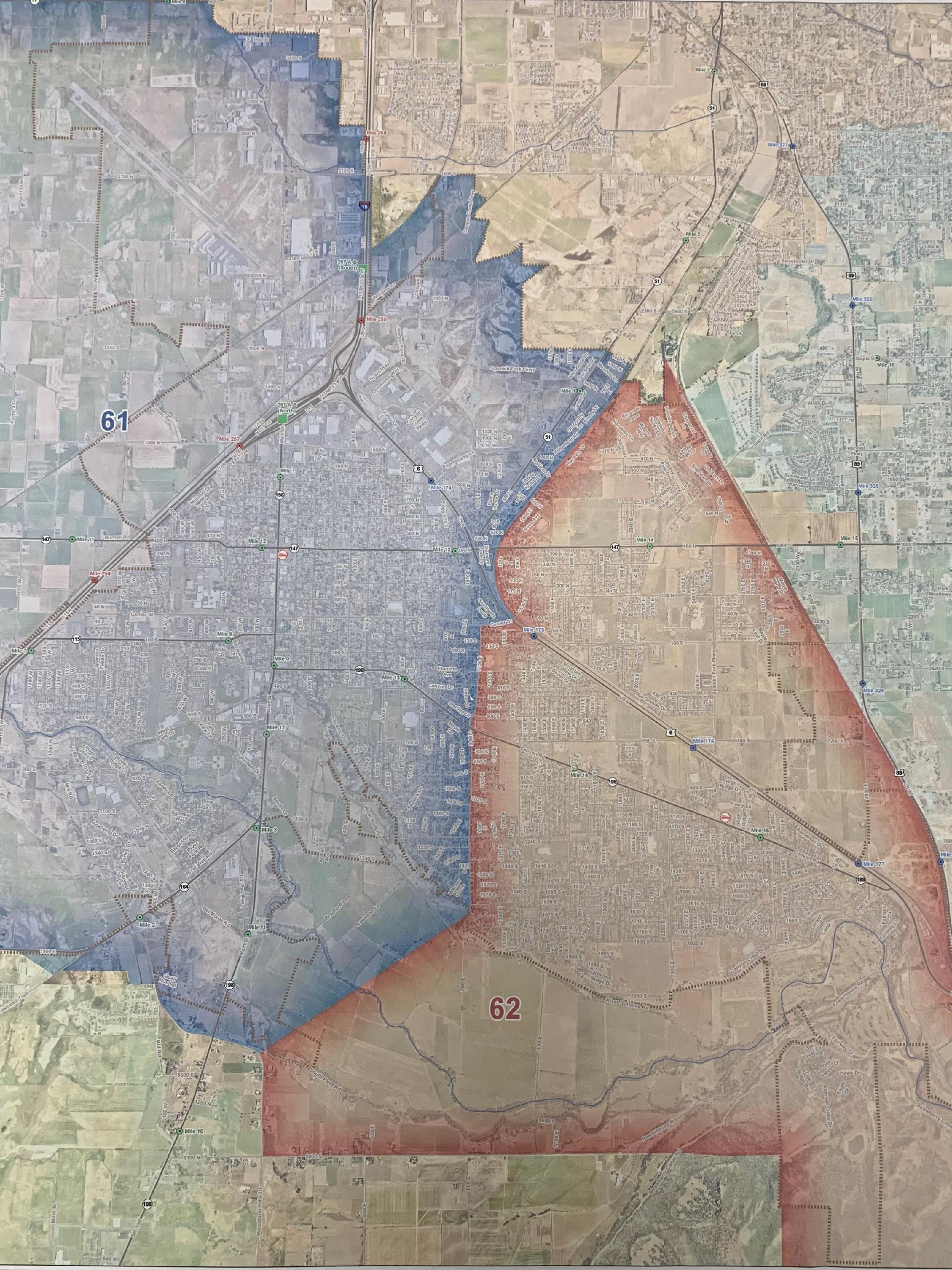March 18, 2021
Have you ever thought about who will come to your house if you are in need and dial 911? On Friday, I had a chance to spend some time with three of our Emergency Medical Technicians (EMTs), Rebecca, Ainsley, and Tate. If I ever had to call for medical help for myself or my family, these are three of the people I'd like to show up at my house.
Rebecca earned her EMT license over 25 years ago, joined the Spanish Fork team in 2019, and currently teaches EMT courses at two colleges. Ainsley has been with the City for just over a year, graduated with a degree in kinesiology, and has earned her advanced EMT certification. Tate is currently studying physiology at BYU, has volunteered as an EMT at BYU, and hopes to be an ER doctor.
Working in Spanish Fork is unique for our EMTs. With the largest service area in Utah County that includes I-15, US Hwy 6, rural areas, backcountry trails, and a growing residential community, our medics receive a huge variety of calls.

When a medical call comes in, an ambulance is dispatched from Station 61 (370 N Main St.) or Station 62 (2635 E Canyon Rd.) based on geography - with each station having a response area. If a second call comes in, the geographic area is dissolved and the other station responds to the call.
At Station 62, we have EMTs around the clock and ready to respond. At Station 61 EMTs are there to respond to a call from 7 a.m. to 10 p.m. From 10 p.m. to 7 a.m. medics respond from home or work.
One really cool feature about Station 62 is the bi-fold bay doors. These doors open in six seconds! That's 1/3 the time it takes a roll-up door to open completely.
I think the thing that impressed me most about my visit with the EMTs was what they do in their downtime. Days for our first responders are as busy or as free as the call volume that comes in, and while I was at the station on Friday we didn't get called out.
Nevertheless, the crew spent time getting prepped for a call stocking and washing the rigs, or training. A lot of study goes into being a good EMT and so does a lot of practical application. Tate practiced placing an IV in Rebecca's arm, and the crew taught me about the equipment they use and how it's saving lives.

You might have seen this on the Instagram story, but the Zoll machine is an amazing piece of equipment that monitors heart rate, blood pressure and oxygenation, and the flow of electricity through the heart. Plus, EMTs can share this data with hospitals so emergency rooms know exactly what's happening before the patient even arrives.

Our ambulances are also equipped with Lucas devices, which can apply heart compressions when needed. The machines can operate on their own, providing the correct depth of compression and allowing EMTs to perform other life-saving measures to an unconscious individual.
All in all, I had an eye-opening day and am full of gratitude for our medical first-responders in Spanish Fork City! Next time you see one of our EMTs, say hello and thank you, and have your little ones ask for a sticker...if they don't have one, let me know.
About Day in a Division
Hey Spanish Fork, I'm Nick, the Public Information Officer (PIO) for the City. I love local government! There are so many different aspects that make up a City, and I want to share as much as I can with you about it.
So, now and then I'm going to jump in with both feet to different divisions within the City, documenting things along the way. Be sure to follow me and other City happenings @spanishforkcity on Instagram, Facebook (and even Twitter and LinkedIn).
If you have questions about how things work or something you'd like to learn about, let me know with a DM or email pio@spanishfork.org.
